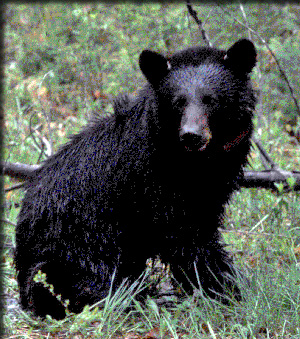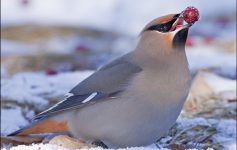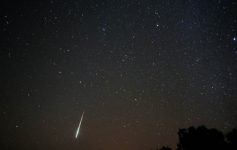 As one of the Adirondacks’ most iconic animals, black bears
As one of the Adirondacks’ most iconic animals, black bears
depend on various types of wilderness to maintain their role as large hungry omnivores. In order to find nourishment, bears must be constantly in tune with the seasonal and territorial changes of environments.
Currently, winter is approaching, and bears are foraging for the last of mountain berries of September and seeking autumn’s beechnuts, acorns, apples, and fruits of viburnums. The abundance of food depends on two key types of land zoning, publicly protected wilderness and privately-owned timber harvesting lands, within the Park.
Public lands that do not permit industrial development or timber harvesting provide shade, ideal for tolerant species such as beech trees. Fruits and nuts from large trees ripen at the end of summer and are a main food source for black bears as they bulk up for the winter. When trees are over-mature or fall, insects like ants and bees and small animals such as frogs and rodents give bears the protein they need to boost their diet.
While we usually associate private lands designated for timber management with wood and paper products, forest canopies that result from timber harvesting actually foster a diversity of species that bears love. Aspen trees, raspberry bushes, and cherry trees are among plants that flourish in light.
Like many residents and visitors of the Adirondack Park, black bears benefit significantly from both managed and unmanaged land. Without a wide range of different kinds of habitats that make food available for black bears, their population numbers would suffer and more hostile interactions between bears and humans on landfills, campsites, and homes would occur.
It won’t be long until mid to late November when foraging food will become scarce and bears will begin to look for dens that will shelter them for the long winter season. Although they are not true hibernators since they can awake if disturbed, black bears can remain dormant for up to five months. But until then, remember to use bear resistant canisters and keep your food to yourself!

(Photo courtesy of SUNY-ESF)



